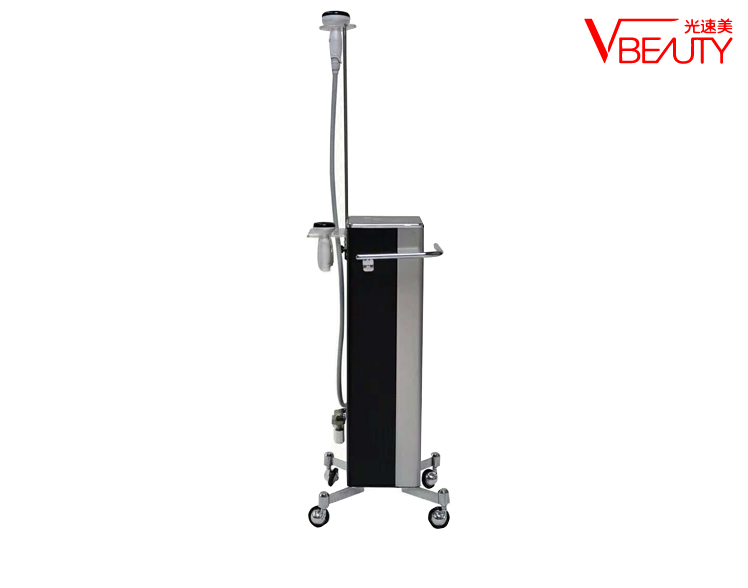Heat wave circulator It is an experimental instrument used to simulate the phenomenon of heat wave cycle. It can simulate the conditions of heat wave cycle in different regions by controlling the parameters such as temperature and humidity, and is used to study and analyze the impact of heat wave cycle on the environment and human body.
Heat wave cycle refers to the periodic change of air temperature and humidity under specific environmental conditions. This phenomenon is particularly obvious in some regions, such as desert regions and subtropical regions. The heat wave cycle usually occurs between day and night. During the day, the temperature increases and the humidity decreases, forming a heat wave; At night, the temperature drops, the humidity increases, and the heat wave disappears. The emergence of this cycle has a certain impact on climate, crop growth, human health and other aspects.

The heat wave circulator can provide a stable experimental environment for researchers to conduct relevant experiments and research by controlling temperature and humidity and simulating this cycle phenomenon. The heat wave circulator usually consists of the following parts:
1. Temperature control system: The heat wave circulator can achieve accurate control of the ambient temperature by controlling the heating and cooling systems. Researchers can set different temperature ranges according to needs, and achieve stable temperature control by adjusting the power of heating and cooling.
2. Humidity control system: The heat wave circulator is also equipped with a humidity control system, which can adjust the ambient humidity level as required. In this way, researchers can simulate the humidity conditions in different regions, so as to carry out relevant research and experiments.
3. Air circulation system: In order to maintain the uniformity and stability of the environment, the heat wave circulator is usually equipped with an air circulation system. The researchers can control the wind speed and direction to make the air circulate in the laboratory, avoid local hot spots or cold spots, and ensure the stability of the entire experimental process.
4. Monitoring and recording system: The heat wave circulator is also equipped with various sensors and data recording equipment to monitor and record environmental parameters, such as temperature, humidity, wind speed, etc. In this way, researchers can obtain experimental data at any time and conduct subsequent data analysis and processing.
The heat wave circulator is widely used in various fields. In the field of climate research, researchers can use the heat wave circulator to simulate the climate conditions in different regions and study climate change and global warming; In the field of agricultural production, researchers can use the heat wave circulator to simulate crop growth under different climatic conditions, and study the impact of different climatic conditions on crop yield and quality; In the field of human health, researchers can use the heat wave circulator to simulate human responses under different temperature and humidity conditions, and study heat stress and thermal adaptation.
In a word, the heat wave circulator is a very important experimental instrument, which can simulate the phenomenon of the heat wave cycle, and is used to study and analyze the impact of the heat wave cycle on the environment and human body. It has a wide range of applications and is of great significance for promoting the development of climate research, agricultural production and human health.



